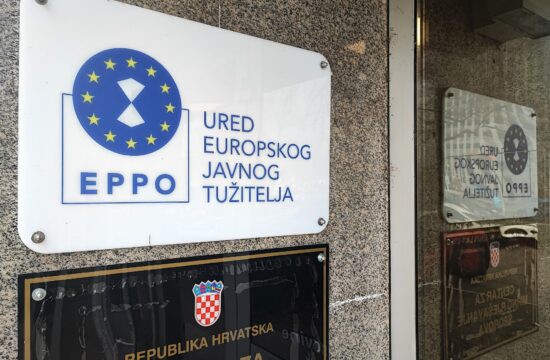Croatia's public debt at the end of 2019, expressed according to the ESA 2010 methodology, totalled HRK 293 billion or 73.2% of GDP, which is 1.6 percentage points less compared to the end of 2018, shows data from the Croatian National Bank (HNB).
The share of public debt in GDP thus dropped for the fifth consecutive year but in absolute terms, at the end of last year it was HRK 6.9 billion higher than at the end of 2018.
The factors that contributed to the relative decrease of public debt last year were the continuation of favourable fiscal trends, which reduced the state’s need for borrowing, a high level of liquidity and the continuation of a period of low interest rates, say analysts of Raiffeisen Bank (RBA).
That, they say, improved borrowing terms on the domestic and international financial markets and contributed to a lowering of interest rates, which reduced interest expenses and improved the debt maturity structure.
The analysts say that the drop in the share of public debt in GDP is also the result of a solid real economic growth of 2.9%.
According to the currency structure, the external component of public debt (HRK 95.8 billion) dropped by eight billion kuna on the year or 8.6% while the internal component grew by 8.7% to HRK 197.2 billion, accounting for 67.3% of the total public debt.
Considering the coronavirus pandemic, unfavourable economic trends will not bypass Croatia either and the government’s measures designed to help alleviate the slowing down or suspension of economic activity require a significant increase in the expenditure side of the budget, the analysts say.
They believe that the state will resort to new borrowing on financial markets to bridge the budget deficit, either through credit lines or on capital markets, which, they say, coupled with the decline in economic activity, will have a negative impact on the general government’s public debt, both in nominal and real terms.
That is why apart from a decline in economy analysts also expect the share of the general government’s debt in GDP to increase to above 80%, which was last recorded in 2016.
They say that an additional factor that will contribute to an increase in the share of the debt in GDP is the weakening of the kuna in relation to the euro.




